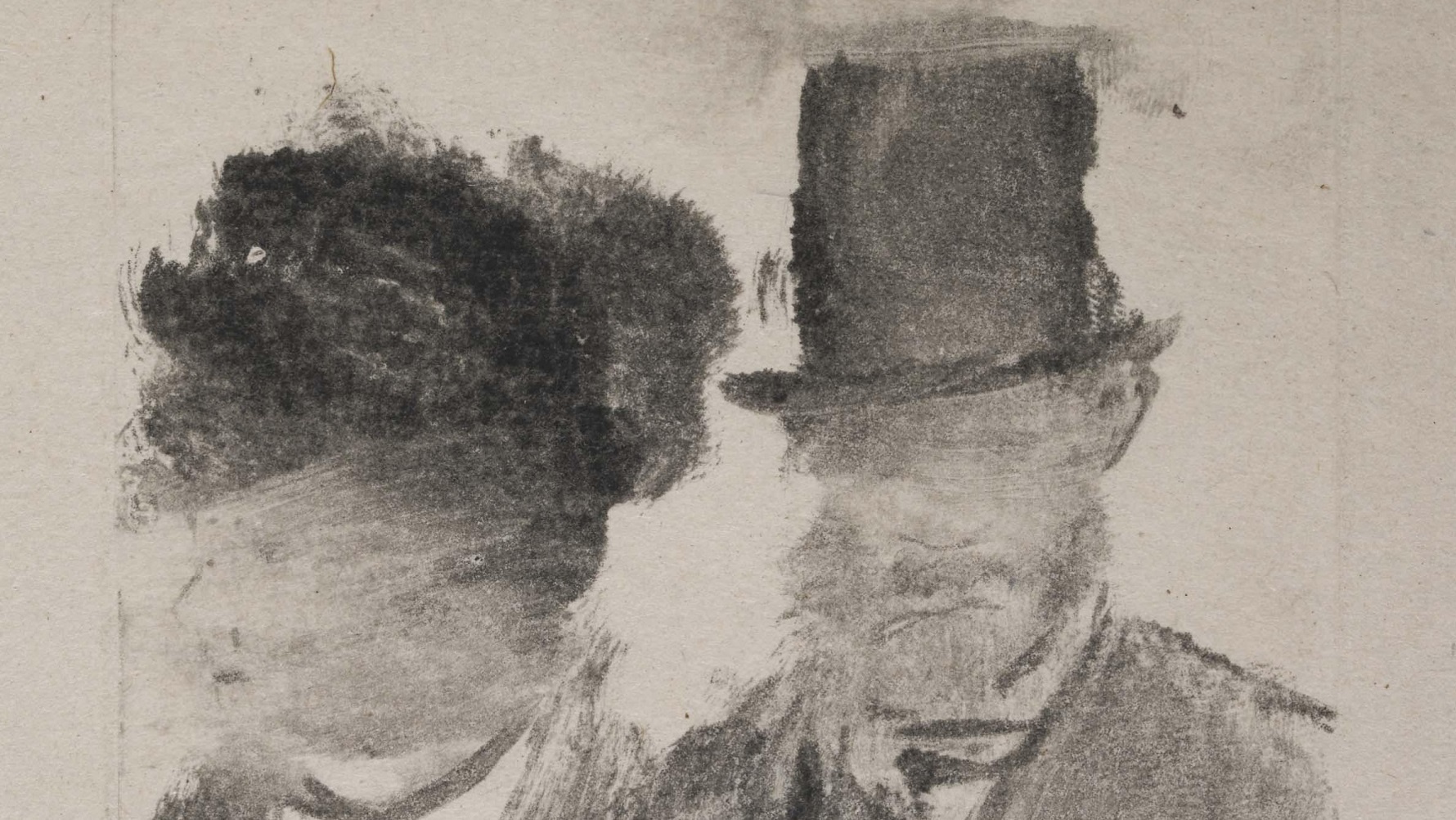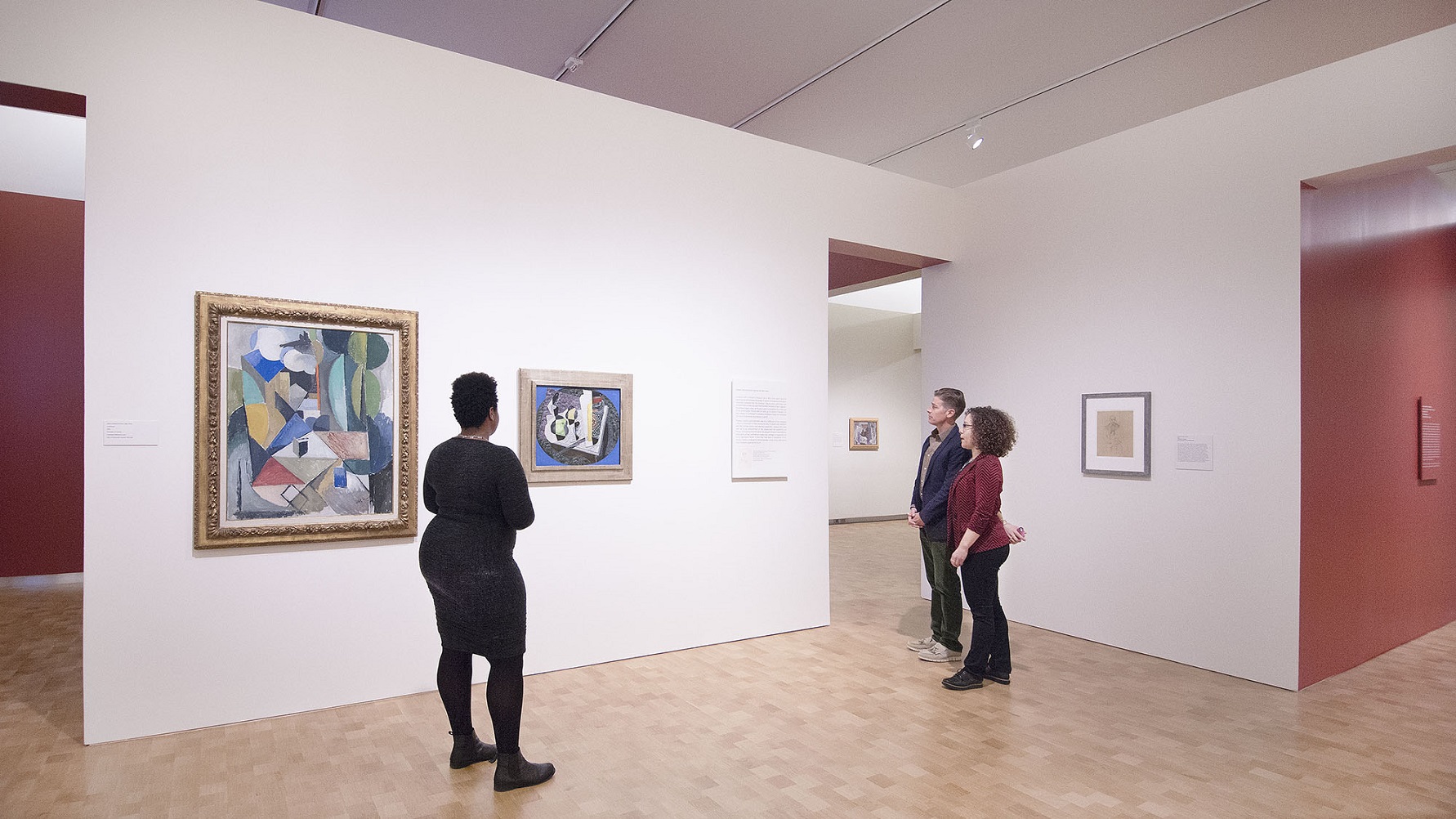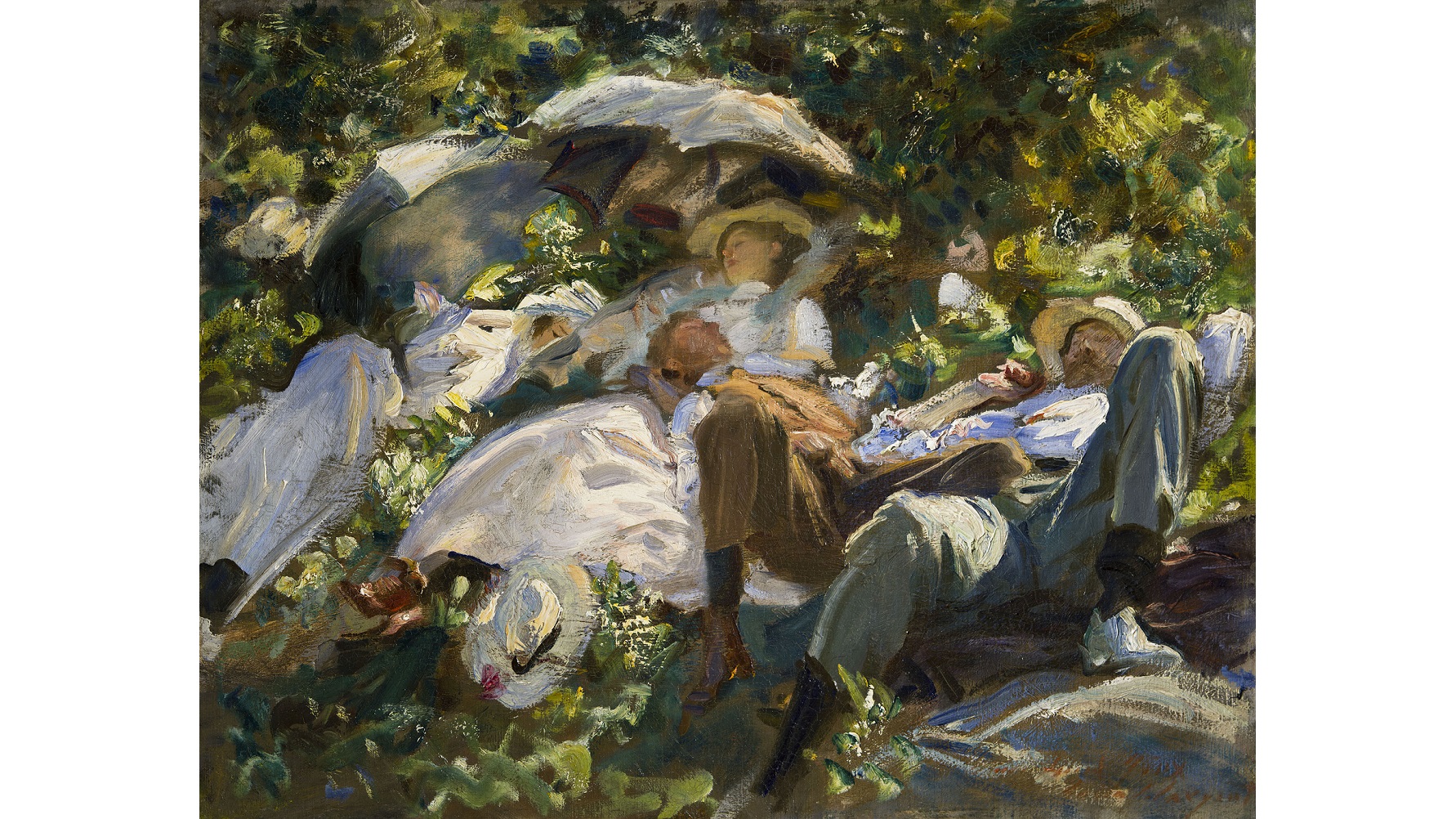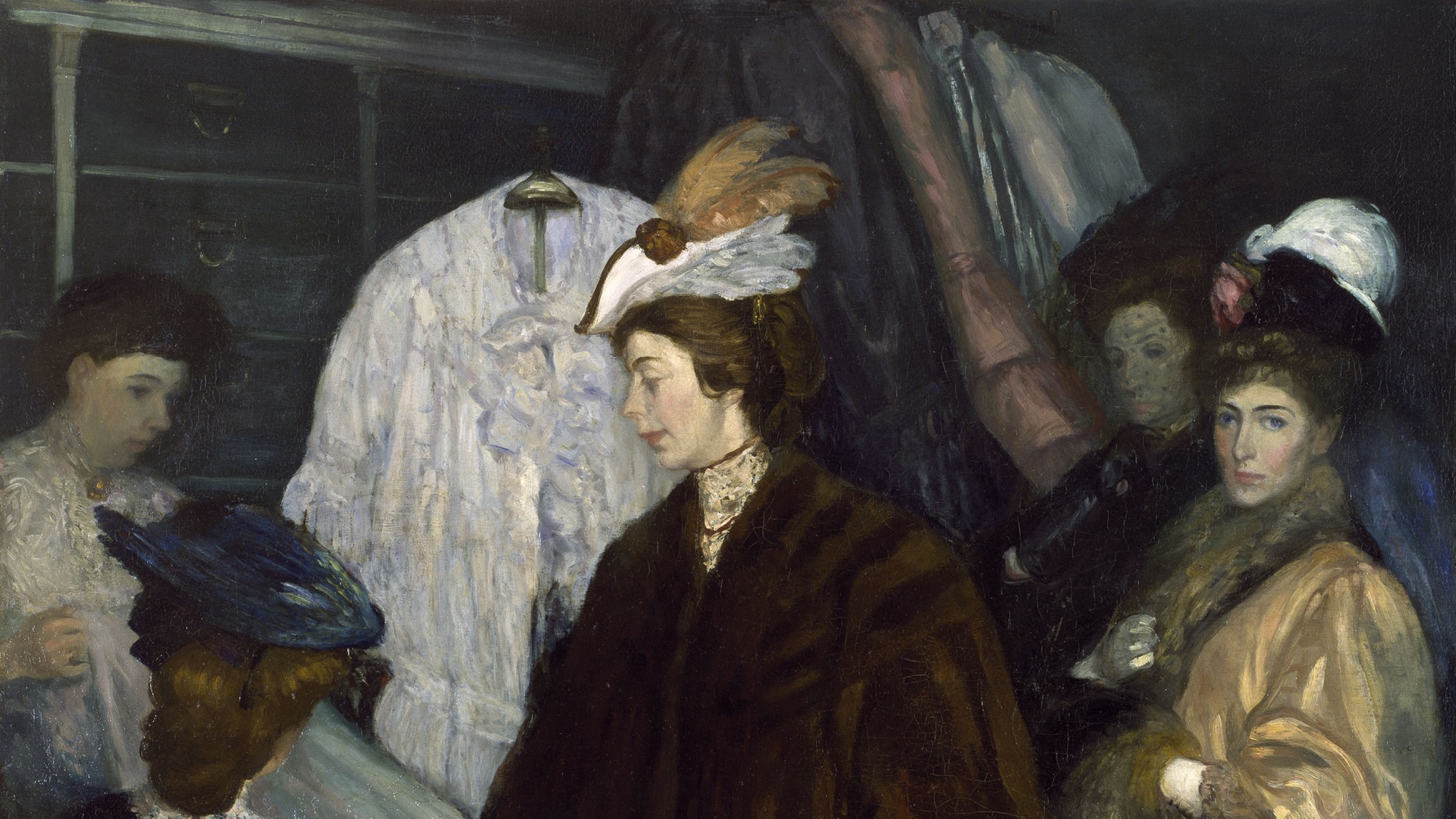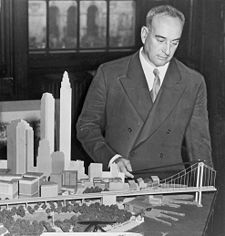Not Just a Pretty Face
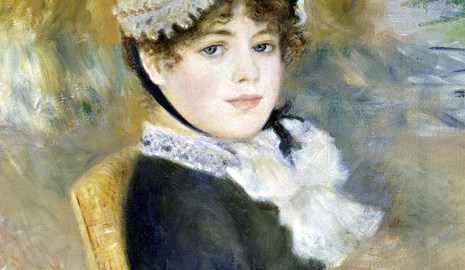
“For me, a picture, since it is easel paintings that we have to paint, should be something lovable, joyful, and pretty: yes, pretty!,” Pierre-August Renoir once said in self-defense. “I know how difficult it is to get people to admit that a picture can be joyful and still be a very great painting.” Ever since rising to prominence with the generation of the Impressionists, Renoir has felt the sting of the beauty without the brains label. Anne Distel’s Renoir, a mammoth new monograph from Abbeville Press, wants to prove that Renoir is much more than just a pretty face.
Distel brings years of experience with the Musées de France to this study of Renoir. Still emeritus curator-at-large of the French patrimony, she reunites Renoir not only with the figures from the past and contemporaries that influenced him, but also with the figures he influenced into the future. It coincides perfectly with the Los Angeles County Museum of Art’s current exhibition, Renoir in the 20th Century. Distel hopes to do nothing less than bring Renoir back to the future as a painter of lovable yet still important art.
Renoir asks us “to consider his almost sixty years of uninterrupted production, notably his self-discovery as an artist by the side of Courbet and Manet, then of Monet and Cezanne.” Renoir kept great company with the VIPs of nineteenth century art, yet somehow gets left out of the group pictures when it comes to picturing lasting influence. If beauty is the reason for “the lack of interest in, even disdain for, the [Renoir] on the part of many art historians,” Distel muses, other critics “take offense at the artist’s reactionary, anti-Semitic, and misogynistic comments.” For a maker of lovable pictures, Renoir the man seems often less than lovable—a conservative thinker politically who disdained his fellow artists’ politics while simultaneously embracing their artistic ideas and an anti-Semite in the cruel age culminating in the Dreyfus Affair. Distel rightfully places Renoir back in the group picture, warts and all.
Distel traces Renoir from his apprenticeship in the atelier of Charles Gleyre and early yet lasting infatuation with both Ingres and Delacroix, the antipodes of early nineteenth century French art, to his encounters with Matisse and Picasso, the twin towers of twentieth century modernism. In this exhaustive study, Renoir’s 1887 Bathers at the Philadelphia Museum of Art is studied not only through Renoir’s preparatory sketches in pastel and watercolor but also in comparison to Ingres’ 1808 Valpincon Bather. Reaching both into the future as into the past, Distel discusses the pilgrimage Matisse made to Renoir in 1917, followed by several visits in the last two years of Renoir’s life. Picasso never managed to meet Renoir, but he did purchase seven paintings by him, which inspired, at least in part, Picasso’s neoclassicist figures of the 1920s. Throughout the book, Distel weaves the threads of the past and future into the tapestry of Renoir’s life and strings a lavish selection of three hundred illustrations together into an amazing narrative.
When Renoir died in 1919, Monet, the last survivor of the Impressionists, said that he felt like a part of himself had passed away. After reading Anne Distel’s Renoir, you’ll feel that you’ve found a part of yourself as an art lover again. Sometimes a pretty face is more than enough.
[Image: Renoir, By the Seashore (1883)]
[Many thanks to Abbeville Press for providing me with a review copy of Anne Distel’s Renoir.]
